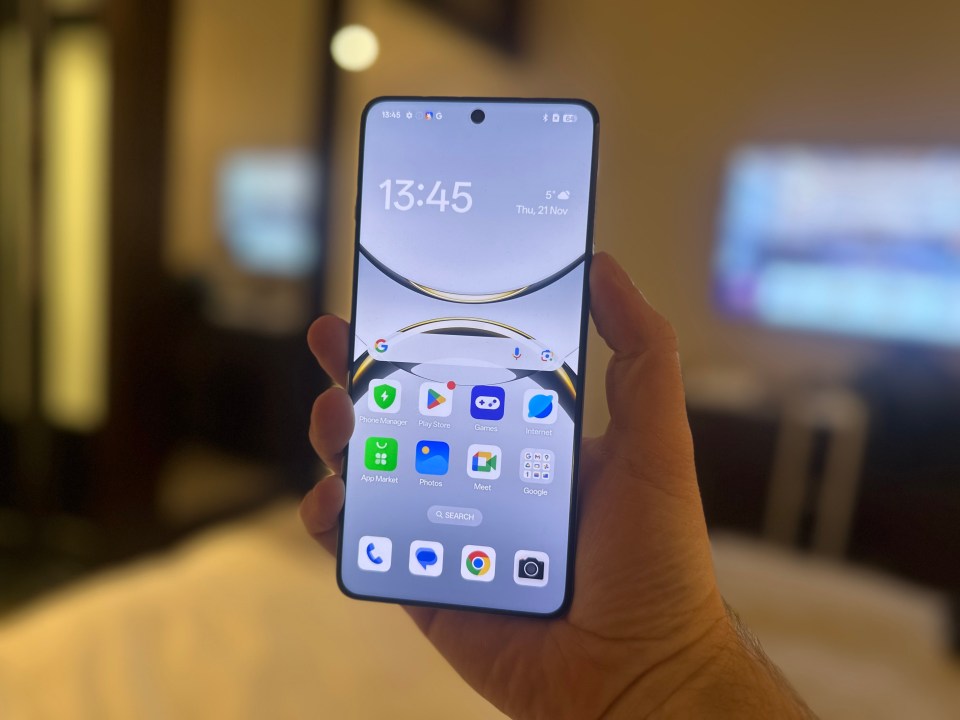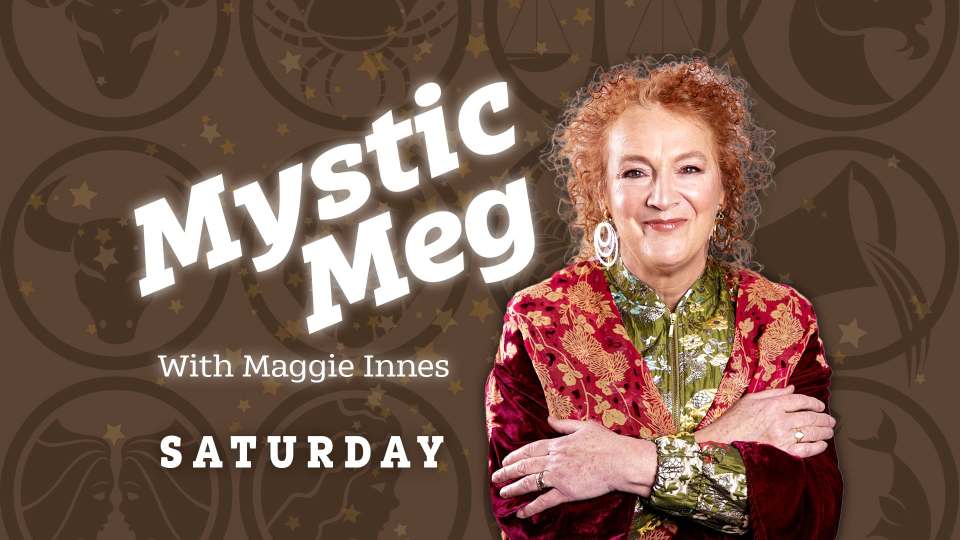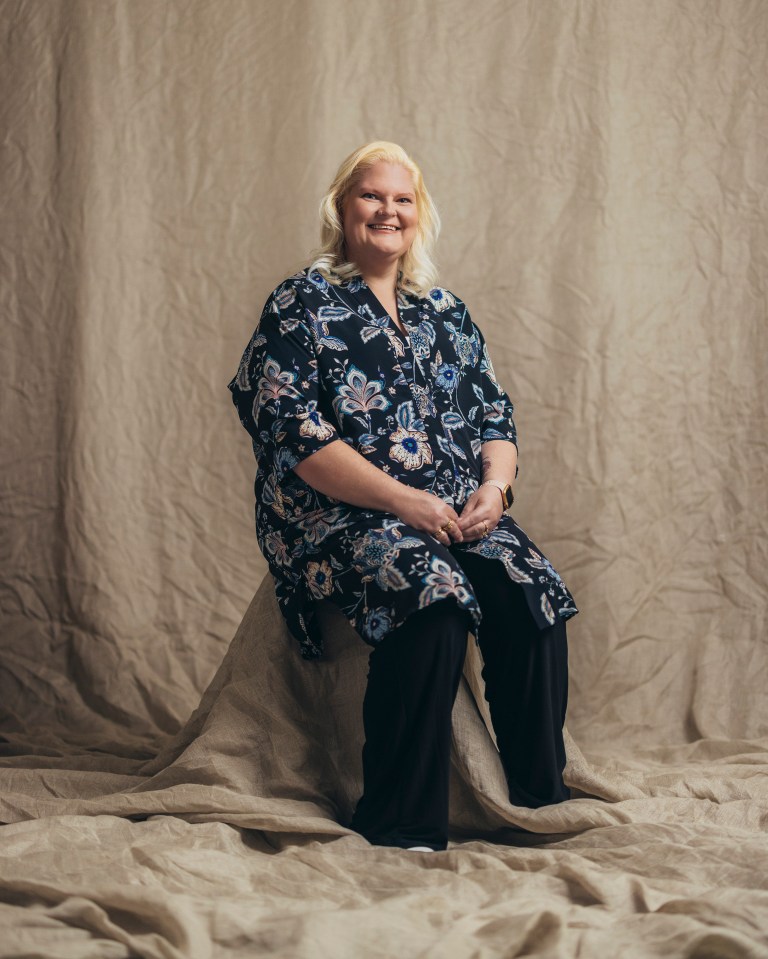I was world’s first ever test tube baby – what trolls who called me ‘Frankenbaby’ put me and mum through was sickening
Louise Brown, who made headlines throughout the world nearly fifty years after her birth, is accustomed to being thanked by strangers.
Despite intense controversy at the time, the 46-year-old bakery worker who became the first IVF baby in history thinks a new movie will give the British pioneers who created the miracle procedure the credit they deserve.
The sacrifices made by the tenacious three of Robert Edwards, Jean Purdy, and Patrick Steptoe are revealed in the Netflix drama Joy, which is named after Louise’s middle name.
Because the medical establishment refused to pay for his research, scientist Robert was compelled to work 170 miles from his family’s home.
Jean, an embryology nurse, and her devout mother were at odds.
Additionally, Patrick, a gynecologist surgeon, had to postpone his retirement plans.
READ MORE ON IVF
Even worse, hateful notes were written to Louise, the infant, and Frankenbabies were splattered on their clinic wall. They were also threatened with death.
Perfect candidate
Skeptics said the child would be weird and wanted evidence that Louise’s mother, Lesley, was infertile.
However, the arrival of 12 million more IVF babies since then, along with the birth of a perfectly healthy Louise on July 25, 1978, proved them wrong.
Jean and Patrick both passed away before the Nobel committee acknowledged the amazing accomplishment in 2010, thus praise for the hardworking team has been long overdue.
Sir Robert was the only person mentioned on the award because it cannot be granted posthumously.
In an exclusive interview, Louise states: “I still get people saying, Oh, you’re amazing.”
A Miracle Baby Story
And I think, “Mum, Dad, and the three doctors did it; I didn’t do anything.”
They are kind folks who wish to express their gratitude.
My mother wasn’t present to watch the movie with me, so it’s a sad they can’t be here.
The film, which stars Thomasin McKenzie as Jean, Bill Nighy as Patrick, and James Norton as Robert, will be available on the streaming site on Friday.
Jean joined Dr. Edwards’ laboratory at Cambridge University in 1968 after he began studying fertilization in 1955.
He successfully fertilized a human embryo that year.
In order to successfully and safely place the fertilized egg into the womb, Patrick was brought in.
In 1969, the three of them had to establish a clinic in a dilapidated ward of Royal Oldham Hospital, where Robert had previously worked, because the medical council was unwilling to provide funding for the study.
Robert, a father of five, had to travel a lot because of this, and it was also upsetting to see their Centre For Human Reproduction gain more and more renown.
“A lot of work went into it, staying away from their families, and Jean falling out with her mother, who was very religious,” adds Louise, who is still in Bristol.
The Catholic Church and the Church of England both opposed the use of science in birthing.
Only one of the first 100 would-be mothers became pregnant, which sadly led to an ectopic pregnancy—a pregnancy in which the fertilized egg implanted outside the uterus and was unable to grow normally.
That was all to change when Robert made the decision to use the one egg a patient naturally generated each month instead of the growth hormone he was injecting to stimulate their ovaries.
According to Louise, her mother had been trying for a decade or so to conceive.
Her inability to conceive led her to see her neighborhood general practitioner, who diagnosed her with depression.
Lesley was directed to a specialist who stated that because of her obstructed Fallopian tubes, her chances of becoming pregnant were extremely slim.
They suggested that she see Dr. Steptoe.
Louise goes on: When Mum met with Patrick Steptoe in Oldham, he told her that she was the ideal candidate.
However, before IVF could even be tried, she needed to have a gynecological operation to address other issues in her womb.
The NHS did not offer that procedure, so it had to be done privately.
Luckily, they could afford it since her truck driver father, John, had won $500 on the football pools.
Lesley had complete faith in Dr. Steptoe, despite the fact that it was an experimental operation.
Louise smiles and explains, “I just had a feeling that Patrick could help me get pregnant as soon as we met.”
After the egg was implanted, she did comment, “I feel pregnant.”
She had total faith in Jean, Bob, and Patrick.
She would have become pregnant if they had told her to go to Trafalgar Square and stand on her head while nude.
“It was like the 101st try, one egg, with my dad’s sperm, and it worked,” Louise continues.
With the world’s media gathered outside, Louise was born via scheduled Caesarean section at Oldham District and General Hospital due to Lesley’s pre-eclampsia.
Lesley’s reproductive organs were captured on camera during the birth, demonstrating that she was unable to conceive normally.
In order to prove that the scientific intervention had not injured Louise, she was also carefully questioned and prodded.
Her fingerprints were even taken, leaving the newborn’s tiny nails discolored.
She explains: I underwent more than 100 tests at birth.
Drama pays tribute
My mother became really unhappy when I acquired black in my fingernails.
However, my fingerprints were taken.
Since then, I have not undergone any additional tests because I was born without any issues.
The joyful new parents received mounds of mail, some of it threatening, when they got back to their Bristol home.
Louise states: Shortly after my birth, a parcel arrived at our home.
A test tube was in a small box, and it was broken.
Additionally, there was crimson ink with a tiny fetus inside that I assume was blood.
It simply stated, “We’re coming to get you.”
Mom felt a little uneasy.
Since no one was involved, the Brown family was always annoyed by the moniker “test tube baby.”
Everyone at school was curious, Louise says.
“Oh, were you actually born in a test tube?” they used to ask. “No, don’t be dumb, it was a petri dish,” I used to say.
Even though she was kidding, Louise’s creation did involve a petri dish.
John’s sperm was used to fertilize her mother’s egg, and the resulting embryo was cultivated in an incubator jar prior to being placed in Lesley’s womb.
The Netflix movie spends a lot of time on Jean, who Louise can not remember because she was only seven years old when the 39-year-old nurse passed away from cancer in 1985.
Robert fought a long campaign to ensure Jean be given equal recognition with himself and Patrick, who died in 1988 aged 74.
He also complained when her name was not included on a plaque at Oldham hospital in 1980.
But it was not until 2022 that the omission was rectified.
The drama also pays tribute to the women who took part in the trio s trial and error process, knowing there was a good chance it would not work out.
Louise says: Without them I wouldn t be here.
Notwithstanding their failure, they paved the path.
When Louise became a mother herself, conceiving Cameron, 17 and Aiden, 11, naturally, she had a better appreciation of what the women had gone through.
She adds: You never really understand until you have children.
When I had my sons, I realised that feeling.
I realised how good those people were.
Pioneering process
Dr Edwards kept in close contact with Louise, even attending her wedding to security officer Wesley Mullinder, 53, in 2004.
She says: I m still in touch with his family now, which is lovely.
Louise s sister Natalie, 42, was also conceived using the pioneering process four years later, becoming the world s 40th IVF child.
Both Louise s parents have passed away Lesley died aged 64 in 2012 after developing septicaemia while being treated in hospital for gallstones. John died from lung cancer in 2007 also aged 64.
Normally a private person, Louise chose to talk about Jean, Patrick and Robert because she wants them to be remembered.
She concludes: They have done it for 12million of us.
I owe them my life.
I would do anything for any of them, my parents and the three scientists.
Read More on The US Sun
Without the five of them, and their determination, I would not be here.
- Joy (12A) streams on Netflix from November 22 and is in cinemas now.
Note: Every piece of content is rigorously reviewed by our team of experienced writers and editors to ensure its accuracy. Our writers use credible sources and adhere to strict fact-checking protocols to verify all claims and data before publication. If an error is identified, we promptly correct it and strive for transparency in all updates, feel free to reach out to us via email. We appreciate your trust and support!














